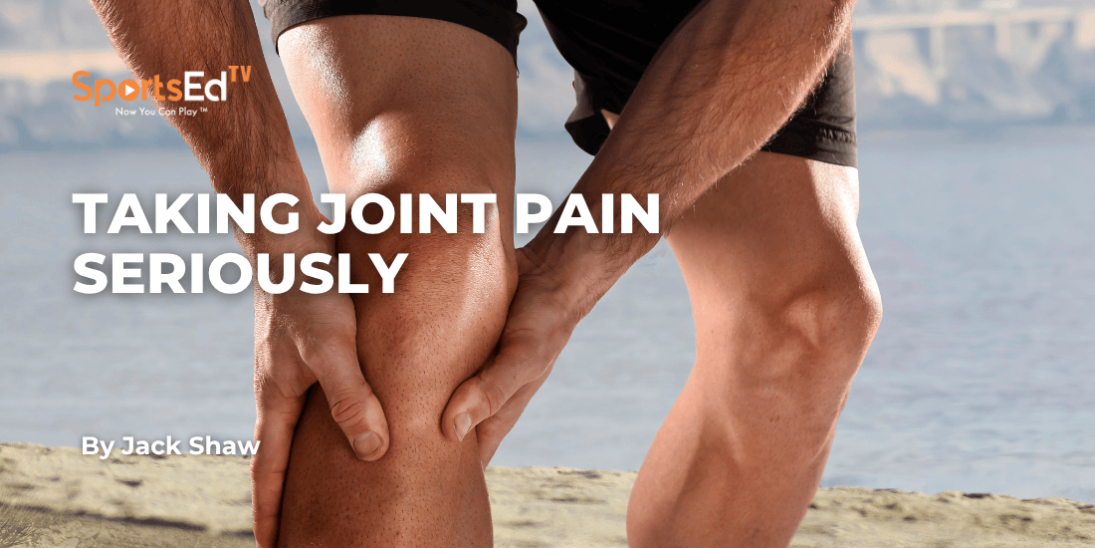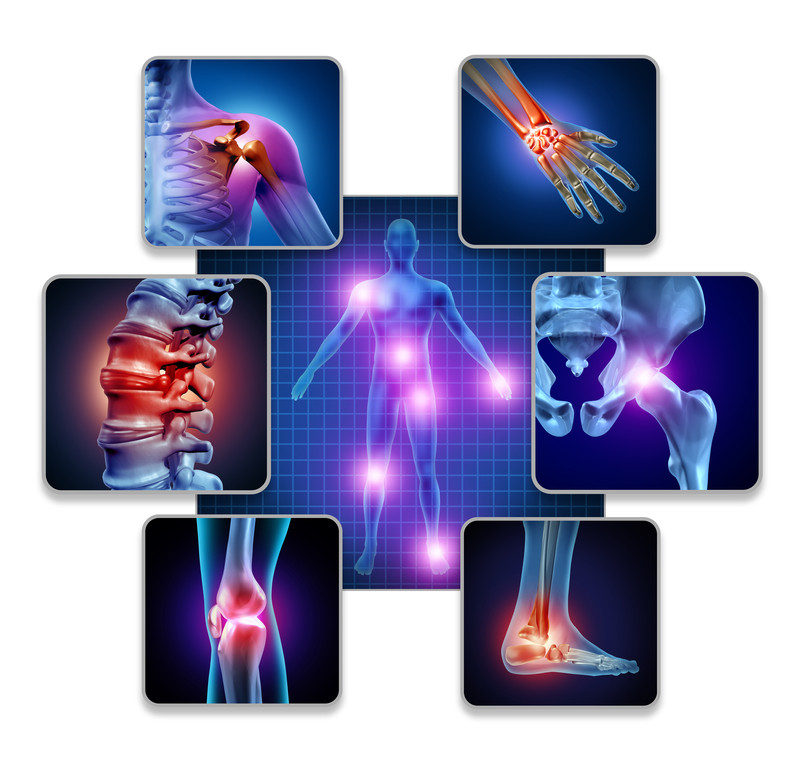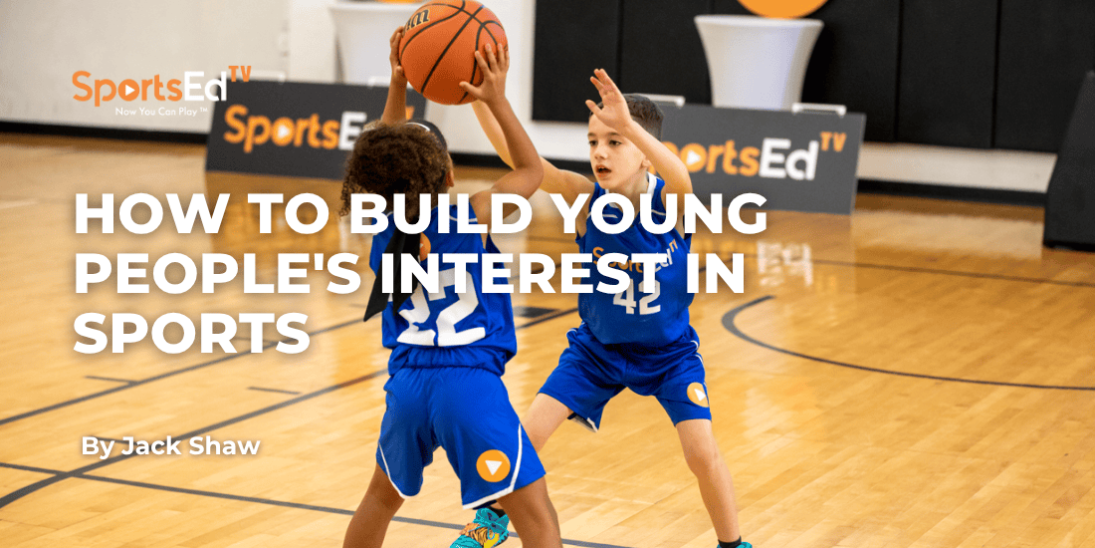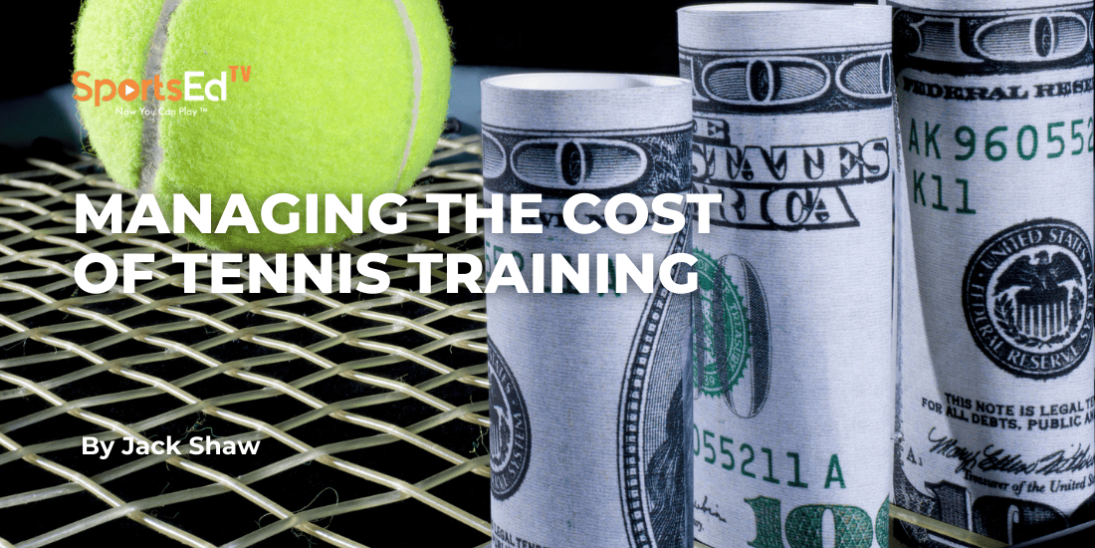Athletic Training, Padel, Physical Therapy, Pickleball, Rehab, Running, Soccer, Speed Skating, Taekwondo, Tennis
Welcome and thanks for visiting...

Taking Joint Pain Seriously as an Athlete

Joint pain is a common challenge for athletes, often resulting from the intense physical demands of training and competition. It can lead to long-term issues that hinder progress. Prioritizing joint health through proper care and recovery prevents injury while ensuring athletes maintain peak performance over time.
Why Joint Pain Matters in Sports
Physical injury is an inherent risk that athletes must accept as a part of their training and competition journey. Athletes train to perform under pressure. That effort builds power and speed. However, it also strains joints. Unlike muscle soreness, joint discomfort tends to linger, interrupt routines, and limit movement.
It can also slow progress. Performance can suffer because of inflammation or decreased mobility. Brilliant coaches build joint care into every season from warm-ups to recovery days because a healthy player is a consistent performer. If you want to stay in the game for years, you should protect your joints like you protect your training time.
Identifying Common Causes of Joint Pain in Athletes
Joint pain results from overuse, improper technique, or repeated impact. Basketball players stress their knees with repeated jumps. Baseball pitchers overwork their shoulders. Runners pound pavement, loading their hips and ankles. Every sport has joint pain risks. Knowing yours helps you train smarter. Over time, joint stress inflammation tends to occur in tendons, ligaments, and surrounding tissues. Knee pain is one of athletes’ most common complaints, especially for racquet sports.
Technique plays a major role. When one area lacks strength or control, other muscles compensate. This shifts pressure onto joints. Without proper mobility or recovery, wear increases.
Age also influences bone and joint health. Once you reach 50, your bones break down quicker than they form, placing you at a much higher risk of osteoporosis. That shift reduces bone density and increases injury potential.

How Pain Affects Performance and Health
The dominant symptom of osteoarthritis is pain caused by complex interactions between biological and psychosocial factors. Osteoarthritis often begins with pain during movement or pressure on the joint. Pain may also appear at rest as the condition advances, causing discomfort during simple moments like sitting or trying to sleep.
Physical joint changes and emotional stressors that affect how the brain processes discomfort drive this persistent pain. Poor sleep is common in people with chronic pain and adds another layer of fatigue and tension that can amplify symptoms. People may also notice joint stiffness, swelling, cracking sounds, weaker surrounding muscles, and changes in how they walk or move. These signs reflect how osteoarthritis gradually reshapes the joints and daily life.
Training Strategies to Support Joint Health
Building stronger joints starts with regular exercise and balanced nutrition. This way, you improve overall mobility while reducing the risk of injuries.
- Warm-ups: Routinely raising your body temperature will allow your joints to move more freely. It reduces stiffness, lowers the risk of injury, and allows you to perform at your best during exercise.
- Strength training: This is key for building the muscles that support and protect joints. You can improve joint function and mobility over time by targeting specific muscle groups.
- Controlled Articular Rotations (CARs): Consistent hip CARs can improve hip joint health by improving the circulation of synovial fluid and nutrient distribution.
- Pilates: Pilates focuses on full body alignment and improves range of motion, strengthening opposing muscle groups for balanced movement.
- Water exercises: Water aerobics and swimming are low-impact exercises that build joint strength while minimizing stress.
Form also matters. Proper technique limits joint strain, especially in sports with repetitive motion. Training plans that alternate active days and rest days help avoid joint strain. Schedule rest to preserve performance.
Understanding When to Seek Professional Support
Persistent foot issues may indicate underlying problems that require professional attention. Consulting a doctor or podiatrist can help identify any strength, mobility, or alignment issues early on. A sports medicine team can guide treatment to restore proper movement patterns and protect your long-term health.
By 2030, experts predict primary total hip replacements will rise by 171%, reaching around 635,000 procedures, while total knee replacements may increase by 189%, totaling approximately 1.28 million surgeries. With proper therapy, athletes return stronger and more balanced, with reduced risk of injury.
Osteoarthritis is the most common form of arthritis, affecting over 32.5 million adults in the United States. Instead of waiting until pain sidelines you, athletes should take action now. Even small steps can keep joints healthy and goals on track.
Effective Strategies for Joint Health and Pain Management
These strategies can help prevent and mitigate joint pain for athletes.
Practice Thermal Therapy
Thermal therapy activates your body’s natural recovery processes. When applied, heat causes blood vessel dilation, increases circulation, and helps relax tense muscles. This improved blood flow can ease discomfort and change how your body perceives pain. Cold applications restrict blood flow, reducing inflammation and fluid buildup in injured tissues. While the chill can initially feel sharp, it often numbs pain beneath the surface, offering deep relief. Alternate between heat and cold for faster recovery after games.
Create a Joint-Friendly Environment
Training surfaces influence joint load with every step, jump or landing. Hardwood, turf, grass and rubber all offer different shock absorption levels. 22%-40% force reduction is ideal for sports and can significantly reduce long-term stress on the knees and spine. Choosing the right surface for your sport helps prevent chronic issues.
Try Massage
Recovery tools support joint function by promoting soft tissue repair and circulation. Massage can ease joint inflammation by boosting blood flow and reducing stiffness. Always inform your massage therapist of any injuries, skin issues, or joint concerns so they can adjust their approach. Staying hydrated after a session may also help minimize inflammation and muscle soreness.
Moving Forward With Intention and Care
Joint pain can disrupt an athlete's consistency, but early care and prevention are key to long-term success. Athletes can reduce wear and extend their careers by incorporating warm-ups, strength training and recovery routines.
Training smart means more than intensity. It means paying attention to what your body’s telling you and taking action before pain becomes a setback. With the right joint care and guidance from your healthcare team, you can stay strong, recover better, and compete longer.








